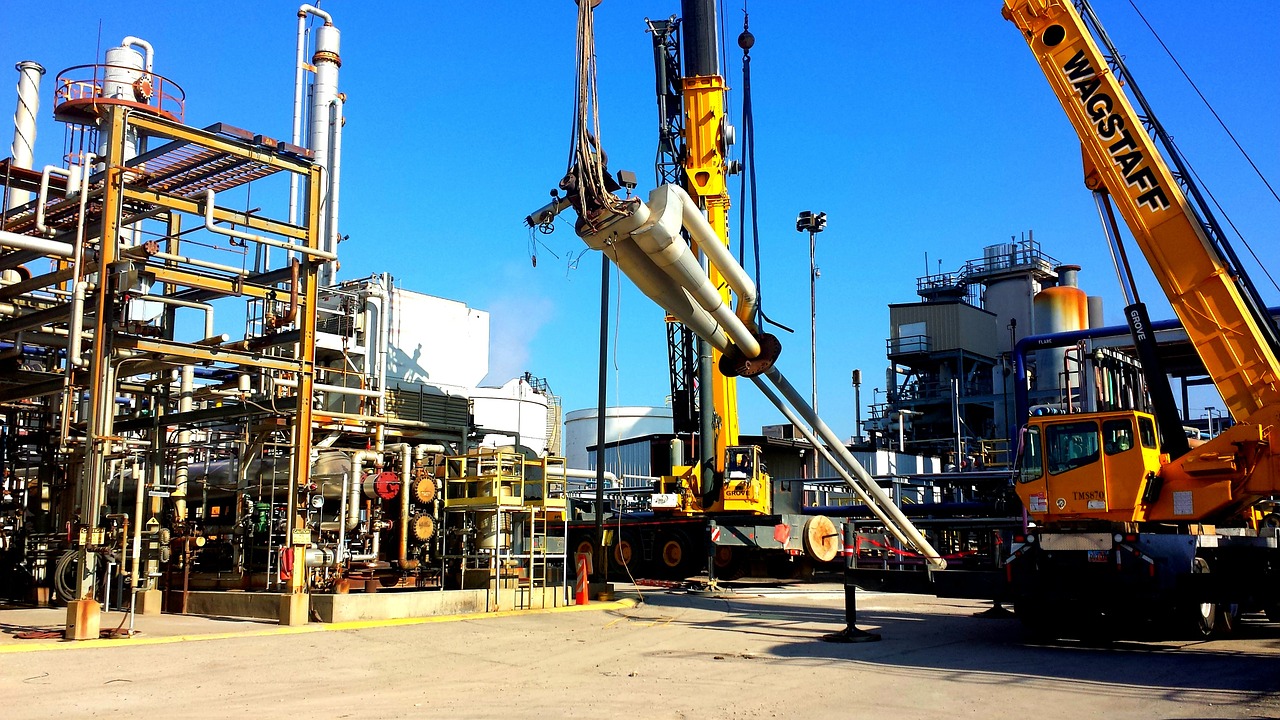
You Want to Capitalize on What Technology Offers? Build A Modern Control Room!
Revitalizing the control room environment is a great way for oil and gas businesses with a host of remote offshore operations to truly capitalize on improved communications and networking technologies. After all today’s control and monitoring operations can function effectively away from the remote asset.
Of course, when consolidated control centers the result is an environment that is larger and far more complex than offshore counterparts. They require careful technology planning to achieve cost and efficiency goals, with redundancy designed into the solution. Deploying the latest audiovisual, networking and collaboration technologies, and integrating them with other control room systems can further improve productivity, cost control and efficiency.
.jpg?width=1280&name=refinery-3613526_1280%20(1).jpg)
The Route to Effectiveness Starts with a Solid Design
As we previously discussed, the changes in operating environments, regulatory control and business conditions make control room transformation an essential strategy. The aim is to give operators a productive, efficient working environment where they can focus on making better decisions quickly. The emphasis is on smarter control room solutions as an integral element of digital transformation in the energy sector.
Electrosonic believes that an integrated and holistic approach to control room planning is essential so that programming and interface design meet specific application requirements. It’s not enough to install the latest video wall. A control room is more than just a display system in a room — the design of the room is an integral part of the display system.

The design must be based on a fully integrated system with video walls seamlessly integrated into facility security, lighting, audio systems, building management systems and ancillary rooms where executives can see all the same information and have full communication with operators and response teams. In that way, the entire facility becomes part of the control room system. The design must also reflect the highest levels of integration, flexibility, and redundancy and be fully customizable, creating a powerful tool for control room decision making.
Interoperability of IT, video walls, data management, networking, communication and collaboration technologies is essential, and the solution should be based on scalable open systems and architecture that support legacy infrastructure as well as future upgrades and technologies.
Control rooms require ongoing maintenance and support that can become very costly and resource-intensive. The design must therefore focus on solutions that are easy to maintain to minimize the IT workload. Dedicated support and a clear preventative maintenance plan are essential to ensure that control room solutions are reliable, available and deliver the full planned value to the business.
The design should take into consideration every factor that affects operator performance, including the room design, room flow, lighting, climate control, and noise control. Human factors such as line-of-sight, ergonomics, readability and lighting reduce operator stress and fatigue, and improve control room efficiency and productivity.

The control room solution must reflect the workflow and interdependencies of control room operators, decision makers, supervisors and expert collaborators. It should create an integrated environment where operators can access all video, data and images, and configure how and where information is displayed. The solution should support the operator’s workflow of data input, analysis, event identification and prioritization, data visualization, content management, collaboration, bidirectional communication and data exchange with operations and response teams.
Upgrading or building a new control room requires more than a technology refresh. It takes an integrated approach to design and implementation and ongoing maintenance based on a thorough understanding of the control room environment and the challenges facing the energy sector.

Recognizing Strategic and Operational Benefits
An effective control room solution can deliver strategic business and operational benefits as an integral part of the digital transformation that is vital to the energy sector.
In the control room, a solution incorporating effective monitoring and analysis, data visualization and the powerful image space of a video wall improves situational awareness, reduces the risk of human error and supports faster decision making and response times.
By responding rapidly and minimizing downtime, control room operators can reduce the risk of business impact from operational problems and improve customer experience. They can also improve operational efficiency, lower operational costs, improve asset performance and life, and assure regulatory compliance.
In the offshore sector, an effective control room eliminates the need to send expensive crew offshore by providing remote diagnostics and fixes without having to disrupt day-to-day planning, operation and scheduled works.
Planning and implementing change in the control room is a complex task. By partnering with Electrosonic, you can access expert advice and guidance, together with industry-leading design, engineering, integration, project management and ongoing maintenance skills and resources to ensure a successful, cost-effective transformation
Maurizio Capuzzo
Maurizio Capuzzo, Electrosonic’s Chief Marketing Officer, fuses the science of data with the art of visual and verbal communication to explain how technology adds value and helps foster innovation. Maurizio writes from a wealth of experience, holding leadership roles in global technology companies as well as possessing a deep understanding of how technology contributes to business growth.










.jpg?width=1500&height=995&name=ELC501_N17_medium%20(1).jpg)








































































































































































































